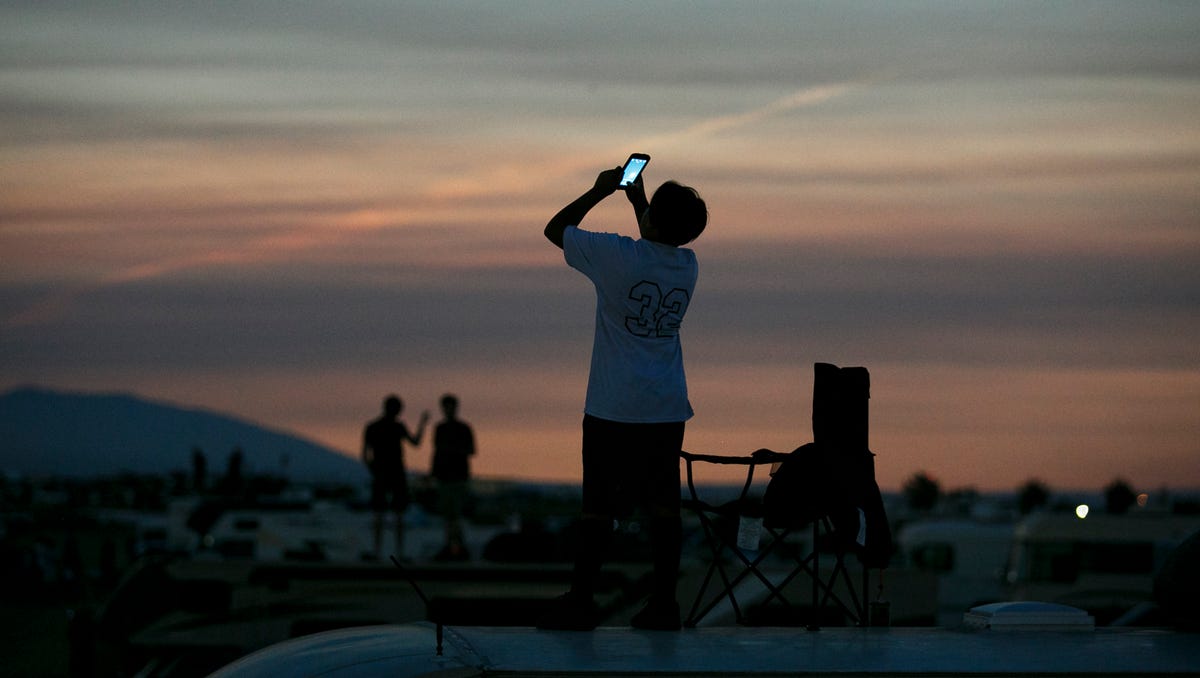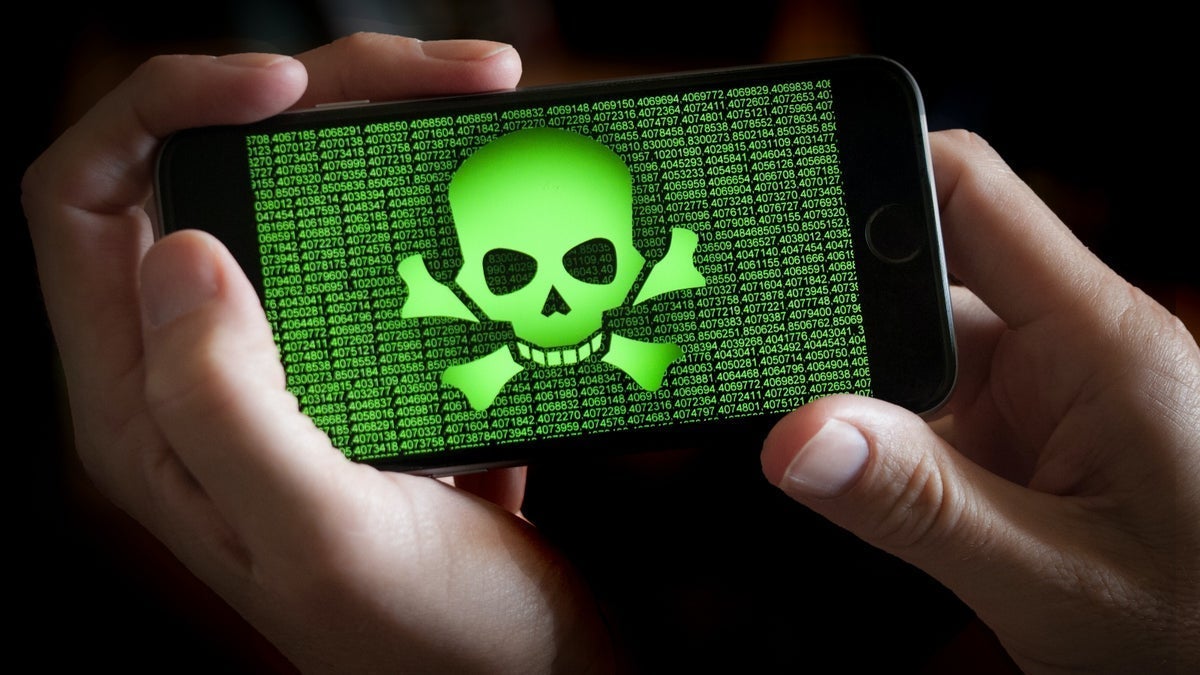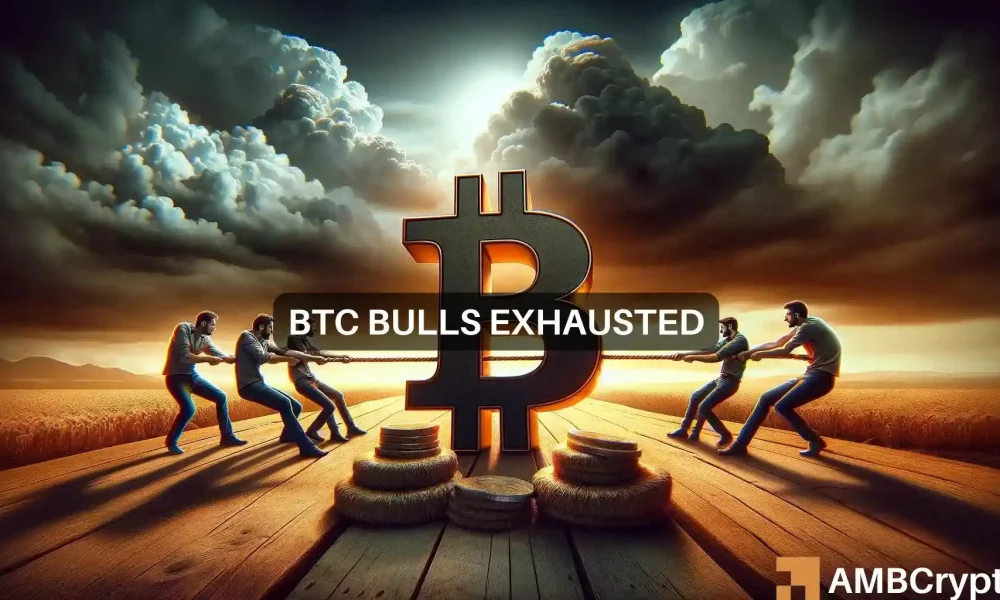The surreal midday darkness of a total solar eclipse will pass over the United States on April 8, 2024, and there’s plenty you should know before the big day, which won’t happen again for about two decades.
Of all the celestial sights, there’s none quite like a total solar eclipse, when the sun, moon and Earth align and a narrow stretch of land is plunged into the moon’s shadow.
But seeing the sight for yourself requires some planning: You’ll want to know where the path of totality is, how to get protective glasses, how bad traffic will be and many other things.
Read on for answers for all your eclipse questions, including how to watch the eclipse, understand the eclipse and stay safe during the eclipse.
Solar eclipse 2024: What to know, how to prepare
AccuWeather astronomy expert Brian Lada goes over the key things to know about the upcoming total solar eclipse that will darken the skies over the United States from Texas to Maine on April 8.
WATCHING THE APRIL 2024 ECLIPSE
How do I watch the 2024 solar eclipse?
There are a few ways of watching the eclipse:
- Get the full experience in person: If you’re in a narrow band of U.S. land that spans from Texas to Maine, you will see the moon block the sun and its shadow cast a night-like darkness over Earth for a few minutes. You’ll briefly be able to look up without eye protection and see the moon block the sun.
- Watch from outside the path of totality: Much of the U.S. will get a partial view of the eclipse that isn’t nearly as impressive as being in the path of totality. Earth won’t be plunged into complete darkness and you’ll have to wear protective eyewear to see the moon partially block the sun.
- Watch a livestream: Check back on April 8 for a video feed from the path of totality. It’s not the same as being there in person, but hey, at least you won’t have to sit in traffic.
What time is the solar eclipse on April 8?
The eclipse will begin in Texas at 1:27 p.m. CDT and end in Maine at 3:35 p.m. EDT, but the exact time of the eclipse varies by where you are in its path.
You can search by zip code to find the exact time for your location.
Where will the April eclipse be visible?
All of the lower 48 U.S. states will see the moon at least clip the sun, but that sight is a trifle compared to being in the path of totality.
Because the narrow path includes or is near some of the nation’s largest cities, expect millions of people to crowd into a band of land a little over 100 miles wide that spans from the Texas/Mexico border to the Maine/Canada border.
Here are the major cities in each state where you can expect to experience totality (note that the included times do not account for when the partial eclipse begins and ends):
- Dallas, Texas: 1:40-1:44 p.m. CDT
- Idabel, Oklahoma: 1:45-1:49 p.m. CDT
- Little Rock, Arkansas: 1:51-1:54 p.m. CDT
- Poplar Bluff, Missouri: 1:56-2:00 p.m. CDT
- Paducah, Kentucky: 2-2:02 p.m. CDT
- Carbondale, Illinois: 1:59-2:03 p.m. CDT
- Evansville, Indiana: 2:02-2:05 p.m. CDT
- Cleveland, Ohio: 3:13-3:17 p.m. EDT
- Erie, Pennsylvania: 3:16-3:20 p.m. EDT
- Buffalo, New York: 3:18-3:22 p.m. EDT
- Burlington, Vermont: 3:26-3:29 p.m. EDT
- Lancaster, New Hampshire: 3:27-3:30 p.m. EDT
- Caribou, Maine: 3:32-3:34 p.m. EDT
Will clouds block the April 2024 eclipse?
It’s too soon to say for sure, but history offers some clues.
Chances of cloudy skies are pretty high along much of the eclipse’s northern path, with some areas like Buffalo having about a one-in-three chance of clear skies in early April.
Skies are usually more clear to the south. Right along the Texas/Mexico border, chances of a clear sky can be nearly 75%.
Keep in mind that clouds don’t always ruin an eclipse. High, wispy clouds won’t spoil the show in the same way that low thick clouds would. In that case, you wouldn’t be able to see the moon pass in front of the sun, but you would still notice a sudden darkness in the path of totality.
Where is the best place to watch the eclipse?
Texas is considered the best state for eclipse viewing. There’s a good chance the skies will be clear and its location along the southern path of the eclipse means totality will last a little longer.
Will traffic be bad?
Most likely, yes — especially after the eclipse ends. Millions of people will crowd into the narrow path of totality, then many will attempt to leave all at once as soon as the eclipse is over.
When a total solar eclipse passed over the U.S. in 2017, reports say some traffic jams didn’t fully clear for more than 12 hours.
UNDERSTANDING THE 2024 ECLIPSE
What is a solar eclipse? Definition explained.
A total solar eclipse happens when three celestial spheres — the sun, moon, and Earth — line up in a specific way in space.
According to NASA, a solar eclipse happens when the moon passes between the sun and Earth. That alignment casts a moving shadow on Earth that either fully or partially blocks the sun’s light in some areas. This leads to a period of partial or full darkness on a narrow stretch of Earth.
The path is so narrow because of the huge distance and size of the sun — as well as the moon’s distance from Earth. That focuses the moon’s shadow on an area of land much smaller than the moon itself. The movement of the shadow across the land happens as the Earth’s rotation interacts with the orbit of the moon.
A total eclipse only happens occasionally, because the moon doesn’t orbit in the exact same plane as the sun and Earth do. In addition, a solar eclipse can only happen during a new moon.
What’s special about a total solar eclipse?
The total solar eclipse on April 8 is causing such a stir because the rare event is an astronomical experience like no other that will be unusually accessible to millions of people.
April’s total solar eclipse will fall over more places in the U.S. than the total eclipse before and after it. And the broad length of the path of totality – where Americans have the best shot of getting a clear view – is “much wider” than it was for the eclipse in 2017, according to the National Aeronautics and Space Administration.
A total solar eclipse is also far more impressive than a lunar or an annular solar eclipse. During an annular eclipse, the moon covers the Sun but leaves an outside ring some call a “ring of fire” — it darkens the sky instead of plunging Earth into a night-like darkness, which is what happens during a total solar eclipse. And a lunar eclipse – the appearance of a red moon – happens when the moon passes into the Earth’s shadow, according to NASA.
Total solar eclipses can have spiritual significance too. Ancient cultures viewed as a sign of the gods’ anger or impending departure. Some religions today are hosting eclipse viewings and services.
Historically, eclipses have left major marks on religious and spiritual civilizations. In Christianity, it’s been associated with the darkness that accompanied Jesus’ crucifixion and in Islam, the passing of the Prophet Muhammad’s son Ibrahim.
When will the next solar eclipse happen?
The next visible total solar eclipse to cross over the U.S. after April will come in more than two decades on Aug. 23, 2044, according to NASA.
And that eclipse won’t be as accessible as the 2024 one: The path of totality in 2044 will only touch the states of Montana, North Dakota and South Dakota, according to the Planetary Society, a nonprofit involved in research, public outreach and political space advocacy. Another total eclipse will pass over the U.S. in 2045 that will be more accessible to Americans, including for people who live in California, Florida and Nevada.
ECLIPSE GLASSES AND SAFETY
What kind of glasses are needed for the eclipse?
Gazing at the bright rays from the eclipse without protective eyewear can cause serious damage the retina of the eye, so wearing a pair of safe glasses is important.
There’s a technical standard for eclipse glasses, which are designed to block out most light and let you safely see the moon pass in front of the sun: It’s called ISO 12312-2 after the International Organization of Standardization.
While there’s concerns that not all glasses marketed as eclipse glasses live up to that standard, experts say usually the shortcomings aren’t significant.
How can you tell if eclipse glasses are real?
NASA shared an easy method to vet eclipse glasses at home.
Buyers should put on their glasses and look at a bright light, like a flashlight. If the light is “extremely dim,” or doesn’t appear at all, the glasses are safe, Susannah Darling, of NASA’s Goddard Space Flight Center, said in an instructional video. Viewers should be able to see the filament of the lightbulb, not the glow surrounding the bulb.
How can I watch the eclipse without glasses?
If you don’t have access to eclipse glasses do not use regular sunglasses — You need a more creative solution for safe viewing, like a pinhole projector.
Contributing: Ramon Padilla, Karina Zaiets and Janet Loehrke

Dr. Sarah Adams is a scientist and science communicator who makes complex topics accessible to all. Her articles explore breakthroughs in various scientific disciplines, from space exploration to cutting-edge research.







